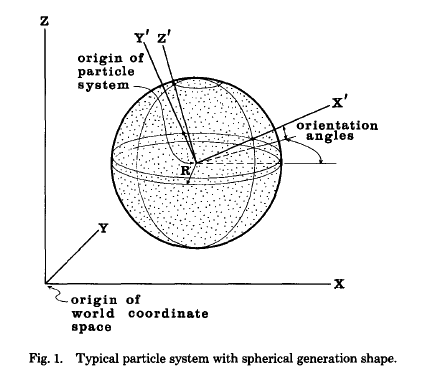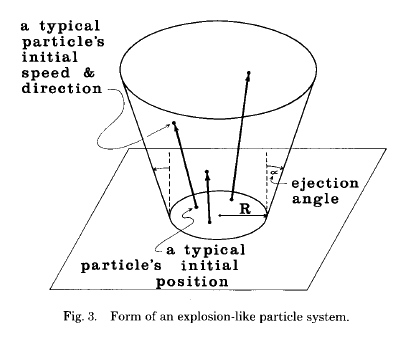http://www.situatedresearch.com/webinars/webinar13.html
waterfall design
http://en.wikipedia.org/wiki/Waterfall_model
quality assurance (QA) vs. usability
> usability research
- natural environment (with invisible cameras)
- activity theory http://en.wikipedia.org/wiki/Activity_theory
- Ethno-methodology http://en.wikipedia.org/wiki/Ethnomethodology
- Grounded-theory (finding patterns) http://en.wikipedia.org/wiki/Grounded_theory
- emergent behavioral patterns http://en.wikipedia.org/wiki/Emergent_behavior
- video analysis
> gaming companies' concerns
- codes
- game play
- interface
- story lines

Game play is a psychological experience.: ego, paranoia, delusion, self-destructive behaviors, ...
What keeps players playing your games?

Sid Meier http://en.wikipedia.org/wiki/Sid_Meier
GDC http://en.wikipedia.org/wiki/Game_Developers_Conference
artificial intelligence (AI)

http://en.wikipedia.org/wiki/MMOG
MMOG's are the future of gaming.
> Engagement
> Interaction Design
Think in terms of the tasks, not in terms of the system.
http://www.situatedresearch.com/CogTech14-2-15-1.pdf
'Context' 카테고리의 다른 글
| 치바 시게오 "70년대 한국 단색조 회화와 일본 모노하의 미학적 연계와 차이" (0) | 2012.03.05 |
|---|---|
| Macluhan in Europe 2011 (0) | 2012.02.23 |
| [정보통신정책연구원] 클라우드 서비스의 3가지 본질적 속성 (0) | 2011.05.22 |
| Sam Gosling's Snoop (0) | 2011.05.22 |
| Mixed Reality general (0) | 2009.09.21 |

 invalid-file
invalid-file

